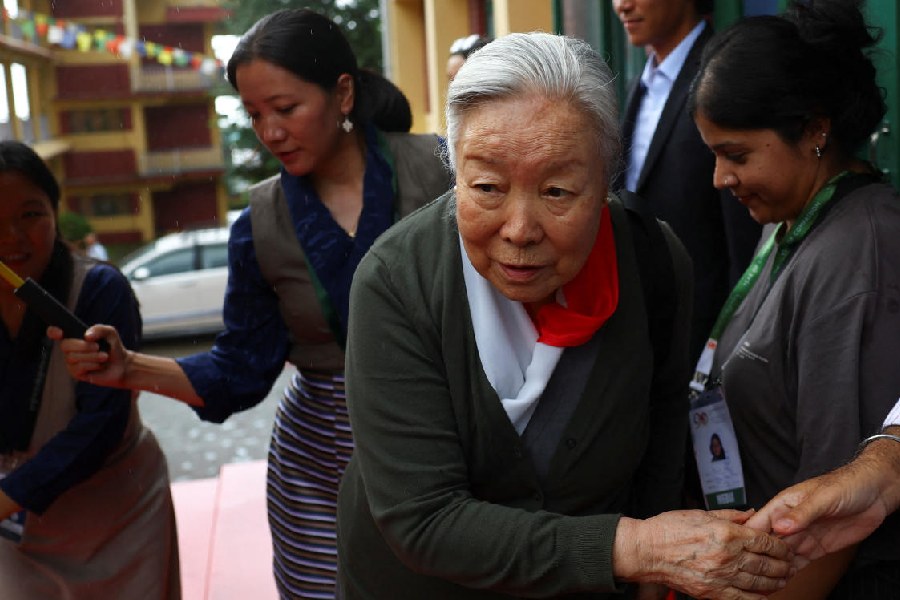 |
| A Chinese pangolin.Telegraph picture |
Guwahati, Aug. 5: Poaching of Chinese pangolin (Manis pentadactyla) found in the Northeast has forced International Union for Conservation of Nature (IUCN) to reclassify it as critically endangered.
Earlier, it was classified as “endangered”.
The mammal is hunted for its flesh which is a delicacy among tribals and for its scales which are supposed to have medicinal value.
“This species is listed as ‘critically-endangered’ beca-use of high level of poaching for its meat and scales. Much poaching is now done for international trade, driven largely by market demand in China,” the IUCN Red List update said.
It says the species was reported in the 1980s as common in the undisturbed hill forests of Arunachal Pradesh, but little is known about their total population in the country. In the country, it is found primarily in the Northeast and northern part of Bengal.
“Yet, trade figures suggest this species is under severe hunting pressure in Northeast India,” the report said.
Sources said there are organised rackets based in places like Imphal, Dimapur and Moreh which are behind smuggling of pangolin scales to China from the Northeast. Security forces have arrested people with pangolin scales near the Myanmar border.
The species is protected under the Wildlife Protection Act, 1972, and is a Schedule I species. It is found in the Himalayan foothills of Nepal, southern Bhutan, north and northeastern India, northern and western Myanmar, northern and Annamite regions of Lao, northern Vietnam, northwest Thailand, southern China Taiwan and Hong Kong.
“The trade has pushed the species to a critically-endangered status,” says Rajib Rudra Tariang, assistant professor, department of zoology, Digboi College.
He said Chinese pangolins are secretive and nocturnal creatures. They move very slowly and are known for their non-aggressive behaviour. Their hard scales work as a protective cover from predators and when they feel unsafe they curl themselves into balls.
“They are mainly terrestrial animals, but are observed in forests up to about 20 feet above the ground. They mainly eat insects, such as termites and ants,” he said.
Tariang and others had rescued one Chinese pangolin in Digboi in May.
The IUCN said greater enforcement of law and management within protected areas to prevent poaching are needed besides vigil along national and international trade routes, identification and verification of strongholds where conservation efforts should be focused and efforts to reduce consumer demand in key markets.










